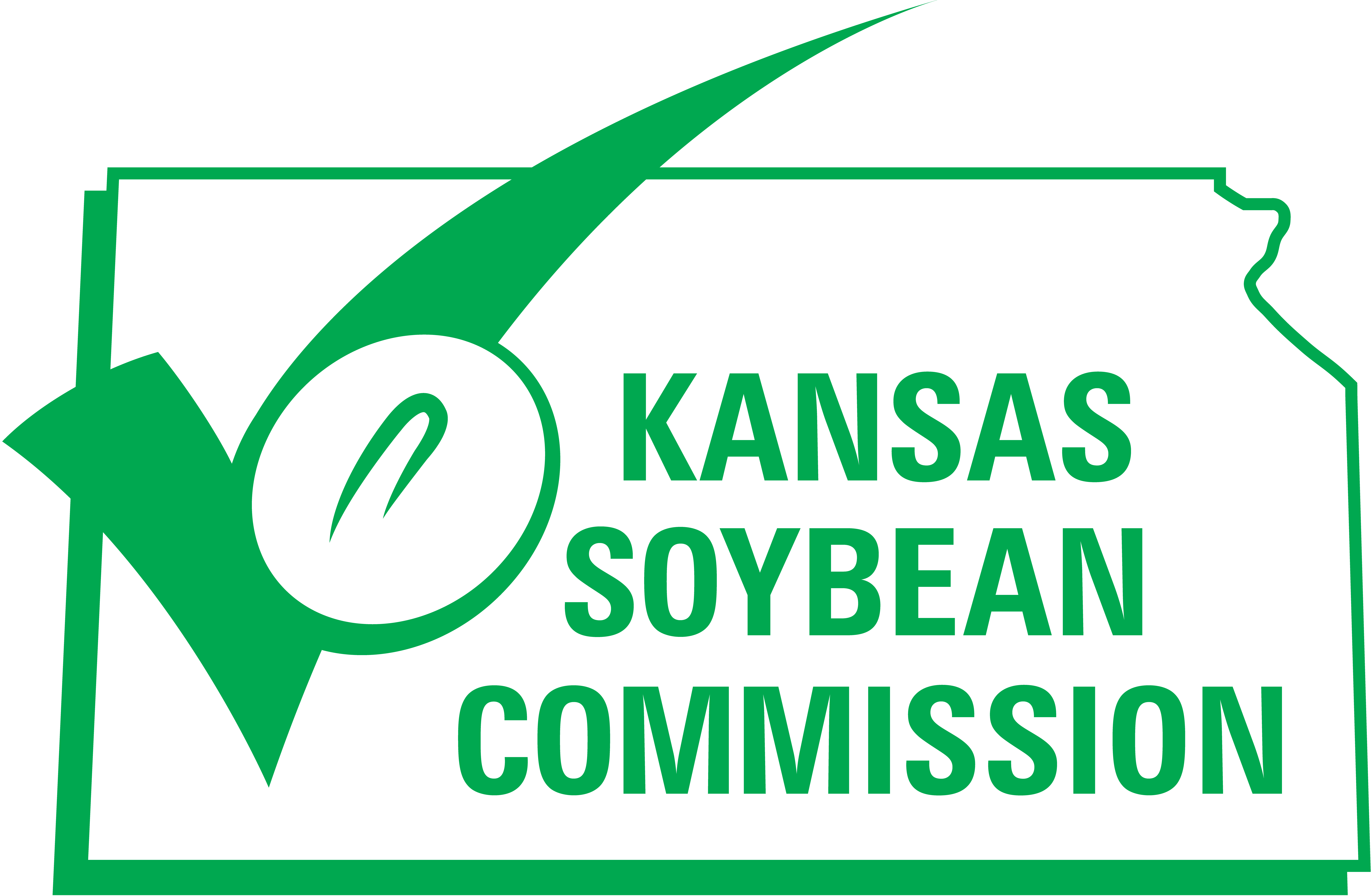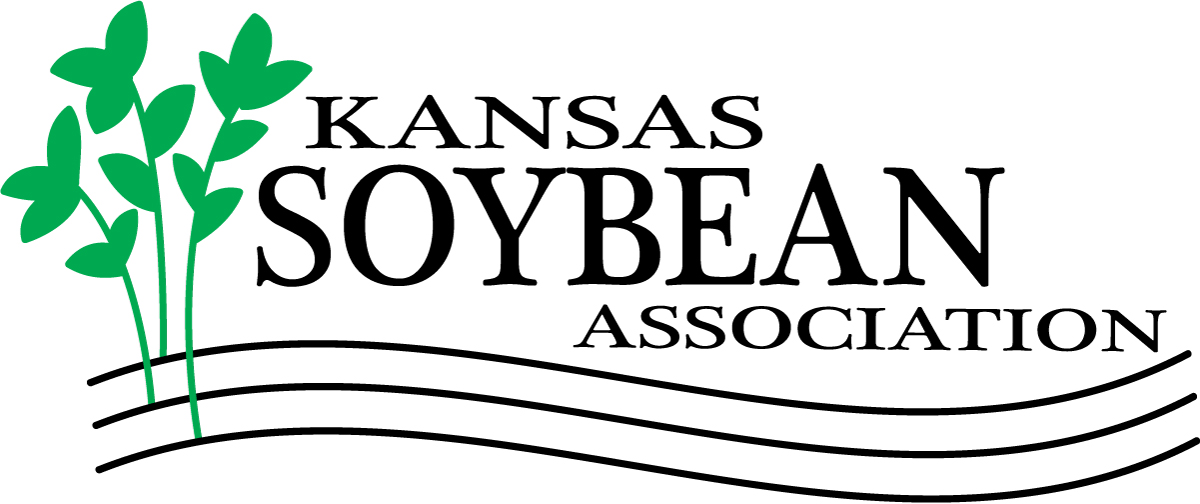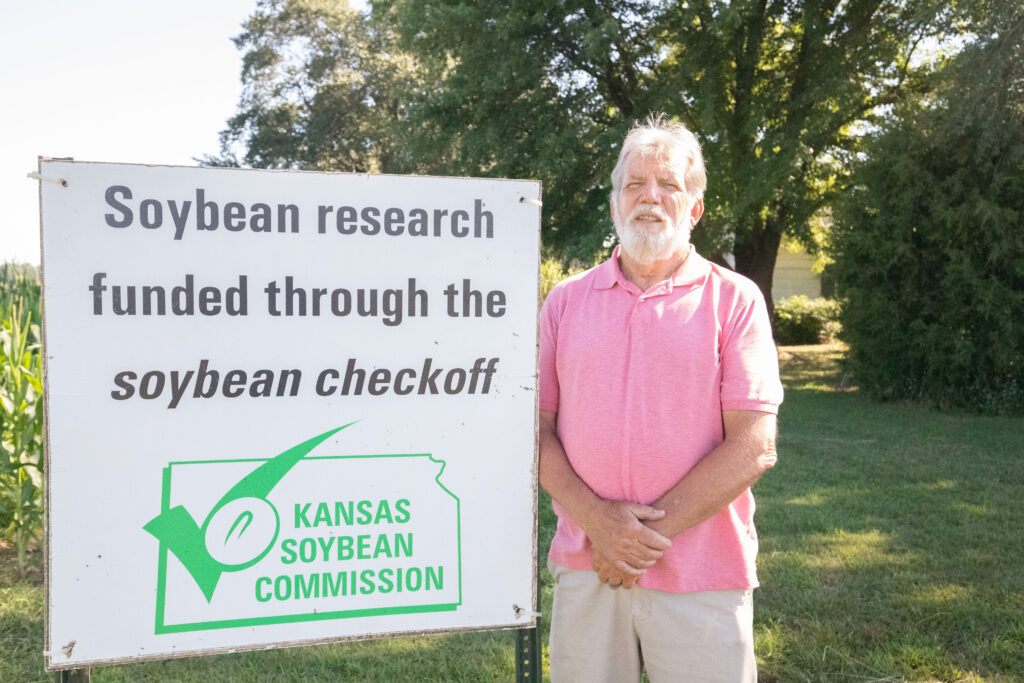SEK researcher offers wealth of knowledge to KSC
Researchers are the gold mines for Kansas soybean farmers
There’s a gold mine in southeast Kansas. It’s nothing like the zinc or coal mines of previous decades; it’s a researcher by the name of Jim Long and his wealth to agronomic knowledge.
Long touts a 30-year partnership with the Kansas Soybean Commission conducting research in Cherokee and Labette counties. Long recalls his very first project for KSC was examining soybean cyst nematode in the early 1990s when it first arrived in Kansas fields. His current project funded for fiscal year 2023, “Technology to Produce a Modern Crop,” explores how use of biologicals, seed treatments, scouting, thresholds and integrated pest management intertwine in modern soybean production.
As its core, this project looks to answer, “are crop treatment recommendations still as valid today as they were 10 or 20 years ago?” Long recognizes that the era of most farmers growing only a few hundred acres of soybeans has shifted to much larger acreages per operation. When treatment becomes a necessity, it might take a few days to get access to an applicator and a few more days to make a pass over the acres, meaning farmers must be fastidious with treatment windows to avoid crop damage beyond repair. Long’s study evaluates the effectiveness of current threshold recommendations and considers methods to earlier detect or prevent pest issues.
Other projects over the years have compared efficacy of generic agricultural products with brand name products, studied growth of soybean maturity groups across the state and evaluated cropping systems to best beat drought, to name a few.
Long is a self-described “cropping systems guy,” but also enjoys the genetics involved in developing new crops and solving pest problems. Early in his career, he played a key role in developing short-season corn with drought tolerance for growth in southeast Kansas and optimizing use of maturity group five soybeans for the “mid-south” climate of the region. He explains that the four-week window in late July and early August can burn up a crop when it’s most susceptible to drought – the early reproductive stages. Utilizing a cropping system that uses short-season corn to beat drought at the front of that window and group five maturity soybeans to beat drought at the back of that window is an example of a cropping system that doesn’t financially burden a farmer to implement, but it can be more profitable.
“I’ve always had my ear to the ground to figure out what was important to the farmer,” Long says about how he determines projects. “All of my research is geared toward more yield and more profit while realizing input cost is a factor, too.”
Research wasn’t always the plan. He had always had an interest in agronomics growing up in southeast Kansas and seriously considered returning to the family farm, but his father discourage the idea because of the ongoing farm crisis in the late 1970s.
“He said, ‘if you want to stay in agriculture, you need to find another way’ so I did,” Long shares. “I went to school.”
Long received his master’s and doctoral degrees in agronomy, with a specialty in genetics and biochemistry, from the University of Arkansas. Originally, he had sought a degree in entomology before changing to agronomy.
He jokes, “I guess I’m supposed to be an egghead, but I never really saw myself that way.”
Long’s career started at Colorado State University working at a research station in Lamar, Colorado – “true dryland” as he describes it. He studied flood irrigation, as there were not many pivot irrigation systems in the area at the time.
When he had a chance to work for Kansas State University Research and Extension and move closer to his aging parents around 1985, he took the chance. His first assignment was at the now-closed Sandy Land research station in St. John for a few growing seasons. Following that, he found himself in the Powhattan area and finally down at the Southeast Research-Extension Center in Parsons where he spent the bulk of his career.
Long’s early research projects funded by KSC came through K-State. Following his retirement in 2009, he continued independently conducting corporate and commission-funded research, largely because he “just has so much fun doing it.”
Part of the fun comes from working alongside his wife Janie, and son, Nathan. The trio operates their 22-acre research plot like a regular farm operation, Long says. Nathan assists with running equipment and Janie is often in the field making notes.
Long talks warmly of Janie, a retired teacher, who he describes as his “better half.” The couple had just met when Long was involved in a serious car accident in 2016. Janie helped care for Long through the lengthy recovery process, where he says the only times he got out of the house were to check in on his ongoing research.
While the accident prompted Long to slow down on independent research projects, he has continued to partner with KSC each year. Long appreciates the relationship he has built with KSC over three decades, noting that the Commissioners are engaged int he project funding process.
“If I proposed something that is not exactly what they want to see, they will say ‘we like what we see, but we would like to see it go this direction,’ ” Long explains. “They are nimble in their decision making and that is important.”
It’s a valuable pairing, he adds. The partnership connects Long’s scientific and agronomic knowledge with the Commission’s identified farmer needs to conduct important field research.
“It has always been part of who I am to do practical, applied research,” Long concludes. “That is what has kept me working with KSC all these years. I know my time in research is getting short – I don’t have too many more years doing this, but i have really enjoyed it.”


